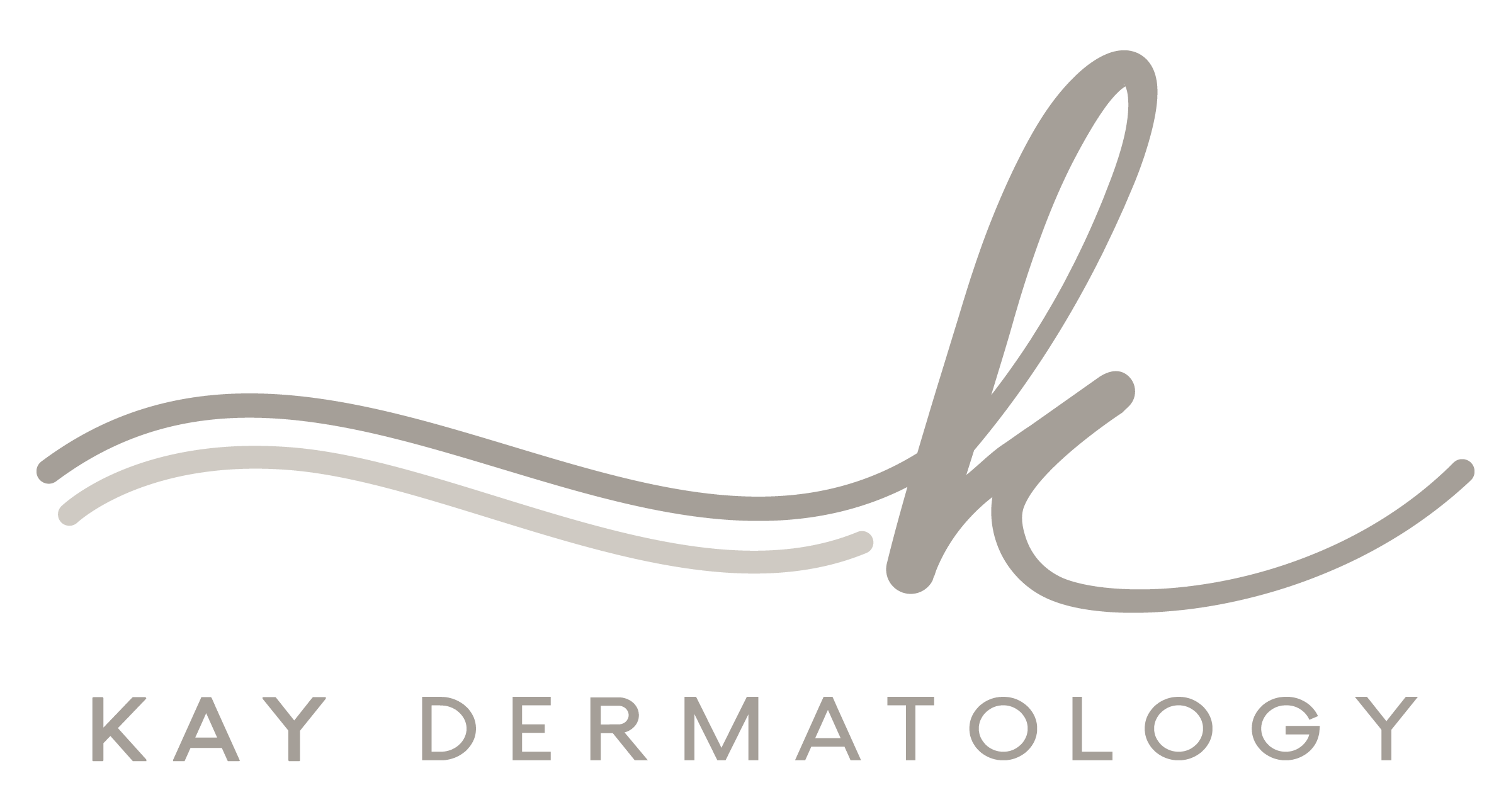Welcome to Kay Dermatology
Kay Dermatology is recognized as one of Southern California’s most innovative and comprehensive skin care treatment centers. Our state-of-the-art procedures are designed to erase the signs of aging, reshape the contours of the face and body, while treating skin conditions and diseases.
We provide clinical and cosmetic dermatology, plastic surgery and histopathology laboratory services to help you look your best at every age.
Welcome to Kay Dermatology
Kay Dermatology is recognized as one of Southern California’s most innovative and comprehensive skin care treatment centers. Our state-of-the-art procedures are designed to erase the signs of aging, reshape the contours of the face and body, while treating skin conditions and diseases.
We provide clinical and cosmetic dermatology, plastic surgery and histopathology laboratory services to help you look your best at every age.

OUR SERVICES
Skin Care Products
SHOP WITH US
DERMATOLOGIST DEVELOPED SKINCARE
PERSONALIZED SKIN REGIMENS
AUTO-REPLENISH AND SAVE
MEET OUR TEAM







What Our Patients Are Saying...
Thank you Gina for always delivering natural, beautiful and safe results over the years. I completely trust her.
–Norma a.She is seriously incredible and definitely has the magic touch! 10/10!
–Emma S.I have been going to Dr. Kay for over years And have recommended him to other family members and friends.
–Carla MillerKay Derm has been my go-to for a few years now. I have been seen for problematic skin, have had the veins on my legs treated post pregnancy, IPL to treat the brown sun spots on my face and laser hair removal treatments. On occasion, they might be running behind schedule, but in my experience, that is only due to the very thorough evaluation/treatment I've had. Alia, thank you for yet another great visit.
–Sarina B.They do amazing laser work, especially physician assistant/ laser technician Nancy Primo who is super skilled and knowledgeable. Dr. Kay is very caring and kind. He cares very much and it shows. I have had fabulous results with his Sclerotherapy procedure. He oversaw a treatment of Actinic Keratosis - held steadfast that it was not cancer to hold off biopsy, despite other doctors saying to cut.
–BM
